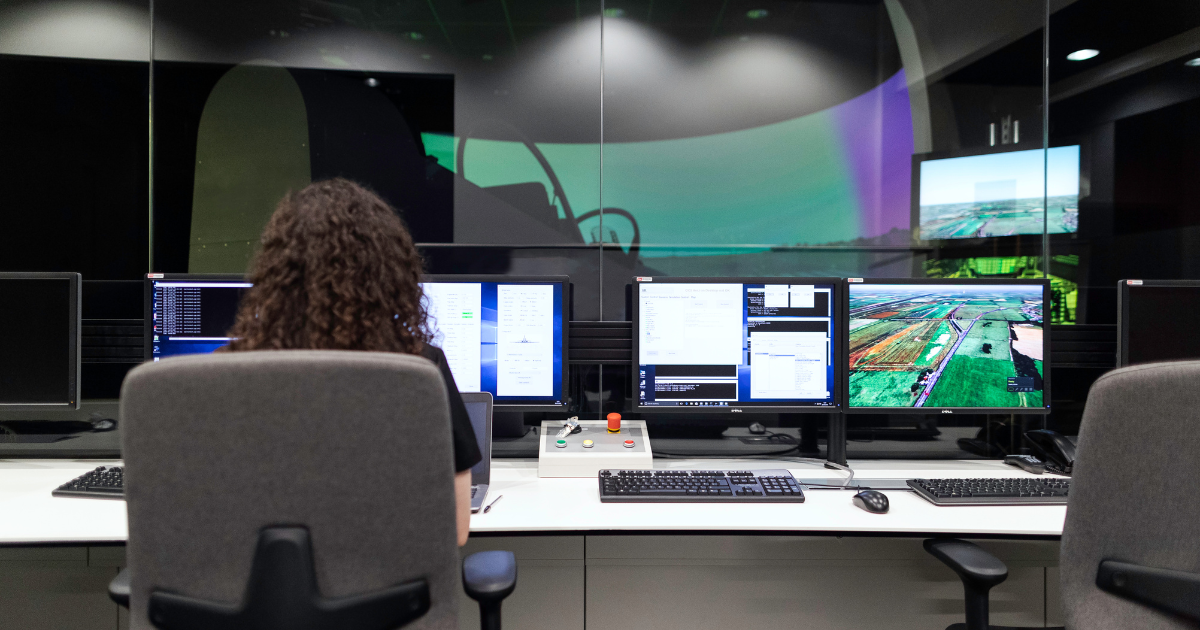Automation software testing is the process of using specialized tools and scripts to automate software testing. It is often used in conjunction with manual testing to provide a comprehensive testing approach. Here are some best practices for automation software testing:
- Identify the right test cases to automate: Not all test cases are suitable for automation, so it’s important to identify the test cases that will provide the most value when automated. These include repetitive test cases, test cases that are time-consuming when executed manually, and test cases that need to be executed frequently.
- Use the right automation tools: Choose appropriate tools for your testing needs and be compatible with your software and infrastructure. Some popular automation tools include Selenium, Appium, TestComplete, TestNG, and M-Automate.
- Use test-driven development: Use test-driven development (TDD) to ensure that automated tests are developed alongside the software rather than being developed after the software is complete. This approach helps to ensure that the tests are comprehensive and that any issues are identified early in the development process.
- Create reusable and maintainable test scripts: Create test scripts that are reusable and maintainable so that they can be easily updated and modified as needed. This includes using clear and consistent naming conventions and separating test logic from test data.
- Use a version control system: Use a version control system like Git or SVN to manage and track changes to your test scripts. This will help you easily roll back to a previous version and collaborate with other team members.
- Use data-driven testing: Use data-driven testing to test the software with different inputs and data sets. This will help identify any issues that may arise with different data inputs.
- Use continuous integration: Use continuous integration (CI) to automate the process of building, testing, and deploying your software. This will help to ensure that the software is always in a releasable state and that any issues are identified early.
- Monitor and analyze test results: Monitor and analyze test results to identify any issues and track testing progress. Use test reporting tools to generate detailed reports on test coverage, pass/fail rates, and other metrics.
- Keep test scripts up to date: Keep them up to date by regularly reviewing and updating them. This will help to ensure that they are still valid and relevant and cover all the software’s necessary functionality.
- Continuously improve: Continuously improve your automation testing process by learning from your past experiences, implementing feedback, and keeping up with the latest testing trends and best practices.
Automation software testing can be a powerful tool for improving the efficiency and effectiveness of software testing. By following these best practices, you can ensure that your automation testing is comprehensive, reliable, and efficient and that it helps improve your software’s overall quality.



